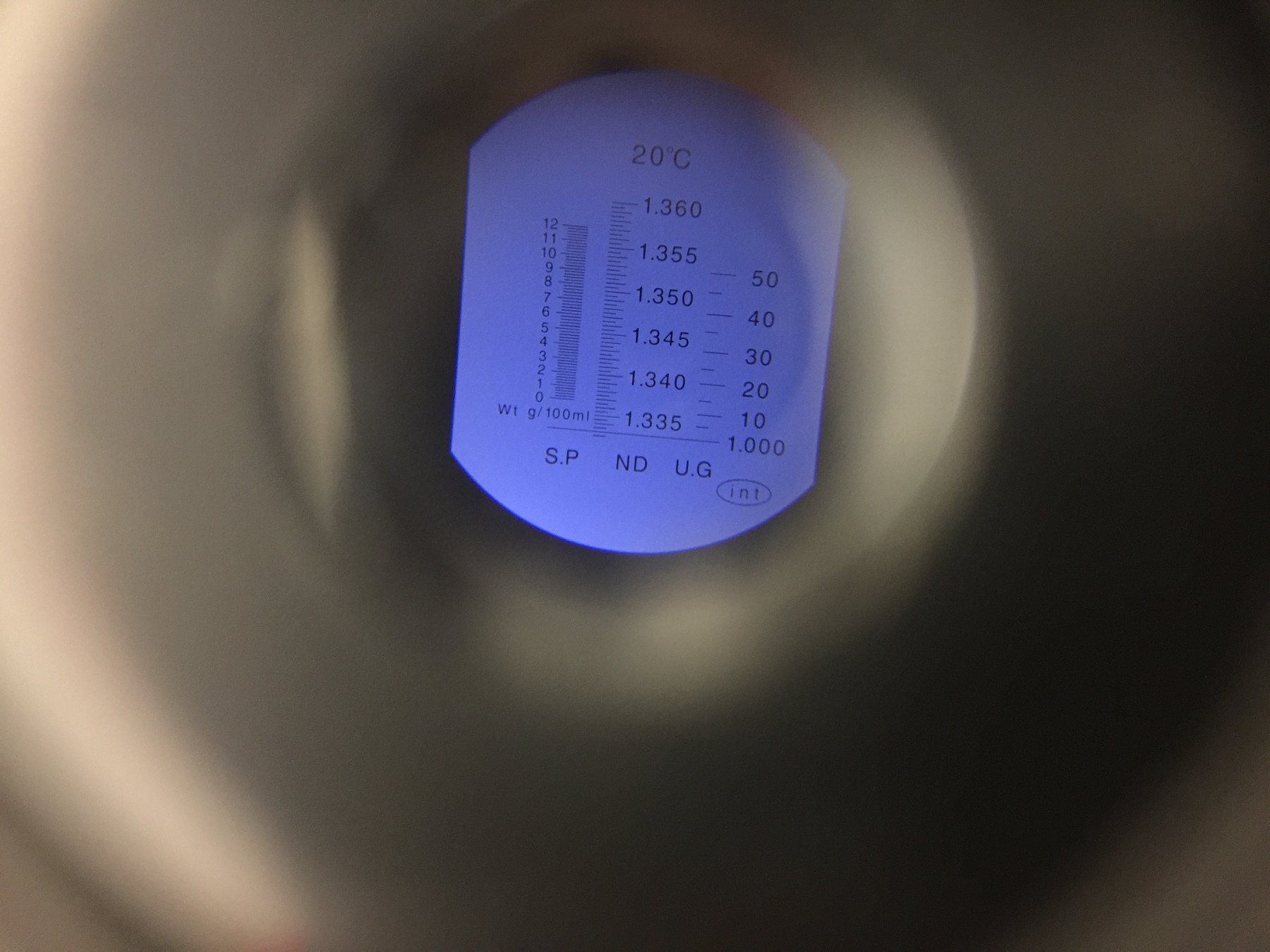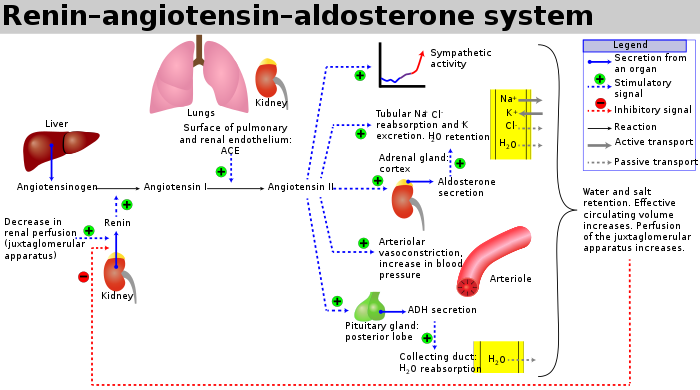Lab 12 & 13
Agenda
- Turn in Lab 11 by the staplers on the North bench.
- Needs a name and group number
- ~10 min.: Q&A on Lab 11 material
- 20 min.: Quiz 11
- ~2 hrs.: Lab 12 & 13: Urology & Renal Physiology, Caloric Balance
- ~30 min.: Next lab reminders/questions/review
Lab 11 Q&A
Mechanics of Ventilation

Why does that work?

Why does that work?

Pneumothorax

Pulmonary Volumes

FVC, FEV1 & FEV3
- FVC - forced vital capacity.
- FEV1 - forced expiratory volume in one second.
- FEV3 - forced expiratory volume in three seconds.
- Normal FEV1/FVC ratio: ~0.8
- High: Restrictive
- Low (<0.7): Obstructive
Ventilatory Drive
- Controlled by chemoreceptors
- Peripheral -carotid bodies
- Central - medulla

Hyperventilation

Quiz 11
Urology & Renal Physiology
Lab 12
Lab Purpose
To allow students to experiment with urological assessment and renal physiology.
Lab objectives
- Describe the physiological processes responsible for normal urinary concentrations of glucose, ketone bodies, and bilirubin in the urine.
- Describe the pathological processes that may produce abnormal solute concentrations (variables from the Multistix 10 strips) and explain the clinical significance of an abnormal response.
- Describe the normal constituents of urine sediment and explain how the microscopic examination of urine can be clinically useful.
- Explain the role of ADH, Aldosterone, and Artial Natriuretic Factor in the regulation of the fluid balance of the blood by renal regulation.
- Describe how the kidneys respond to water and salt loading in terms of changes in urine volume, urine formation rate, pH, and specific gravity.
Lab Safety
- Gloves and goggles
- NO RUNNING!
- Label the cup before you fill it!
- Red cup = urine
- Clear cup = drinking water
- DO NOT drink from the lab sinks
Urine Output Procedure
| 0 min | Treatment | Measure | 30 min | 60 min | 90 min |
|---|---|---|---|---|---|
| Void bladder | No Water | Vol, SG, multistix | Vol, SG, pH | Vol, SG, pH | Vol, SG, pH |
| Void bladder | 200 ml | Vol, SG, multistix | Vol, SG, pH | Vol, SG, pH | Vol, SG, pH |
| Void bladder | 600 mL | Vol, SG, multistix | Vol, SG, pH | Vol, SG, pH | Vol, SG, pH |
| Void bladder | 600 mL + 1/2 salt tablet | Vol, SG, multistix | Vol, SG, pH | Vol, SG, pH | Vol, SG, pH |
Void completely for each sample
If you have renal disease, cardiovascular disease, diabetes or pregnancy then you CANNOT participate in this lab.
Using the refractometer
Using the refractometer

1.019
Core Principles
The Kidney & Nephron


Tubular Reabsorption
- Highly regulated, transepithelial process.
- Organic nutrients and water reabsorbed.
- Normally all glucose is reabsorbed
Regulation of Filtration

also BNP and ANP release by heart and brain
Multistix

Possible Urine Sediments

Lab 13
Final Exam
- Next week!
- Study Guide is on Canvas
- If it is not on the study guide then it is not on the final
- Get real sleep, stay away from caffeine and stimulants during study if possible.